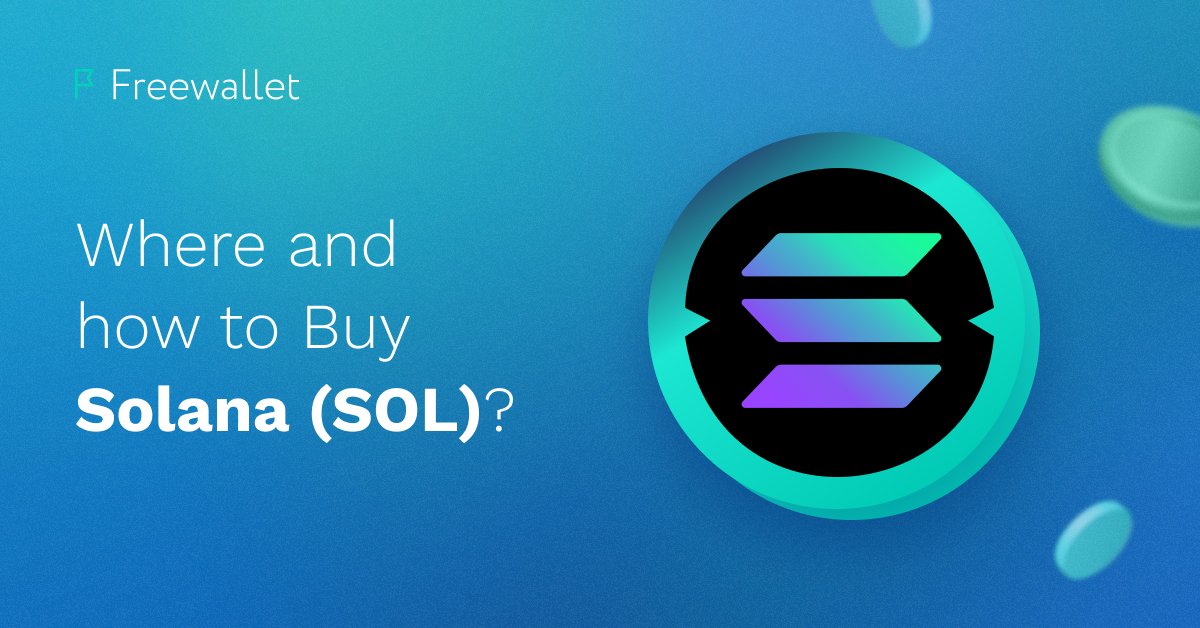
As cryptocurrency trading matures, the more it reminds the traditional trading sphere while crypto platforms start to mimic the functionality of financial institutions. No wonder we have crypto margin trading in place; we have crypto loans and, for sure, crypto derivatives.
In this article, we cover the topic of crypto options. We will see the difference between crypto options and traditional options, the benefits of crypto options trading, and answer other crucial questions on the subject.
What are Crypto Options?
Before we talk about crypto options, we should define options and derivatives in general because options are a type of derivative.
Derivatives are trade instruments that derive value from an underlying asset. In derivative trading, traders deal with price changes without having to move the very assets. Derivatives were known a long time ago. Today, some derivatives use cryptocurrencies as an underlying assets. Such derivatives are called crypto derivatives.
Futures and options are two general types of derivatives. Today, we will speak about crypto options. A crypto option is a derivative contract agreement that grants you the right to buy or sell a particular underlying asset at a specific price (“strike price”). The agreement has a time constraint and doesn’t oblige you to buy or sell anything. Options are used in margin trading, which is a popular type of trading on big crypto exchanges.
Options can be a decent hedge tool in an unfavorable market and help minimize losses. The reason is clear — options were invented for hedging in the first place. In crypto trading, this role of options is the same as in the traditional market. Some prefer to trade options because it’s a handy opportunity for leveraged trading which can seriously increase your profits if you do it right.
A quick guide to options
For an easier understanding of crypto options, we’ll give a short dive into options essentials.
Calls and puts
There are two types of options: call options and put options (calls and puts). Some prefer to use calls for short sells to decrease losses if the price goes opposite to what they have expected. Put options are usually traded in long positions. Nevertheless, both calls and puts can be used in long and short trading.
If you use call options in a long position, you have the right to buy the asset at the strike price whenever you wish until the option is not expired. If you want to buy an option, you should pay the seller a price (known as the premium). The trade will be profitable if the market price gets above the strike price plus the premium level. The option holder can exercise the option and buy the asset at the strike price and sell it later when the price grows bigger. If the option is not exercised, the option holder losses the premium.
In the case of long put option trade, you can sell the asset at the strike price until the option is not expired. The option seller is also known as the option writer. The profit is possible if the market price doesn’t exceed the strike price. The option holder can buy an asset and later exercise the option, selling this asset at the strike price, which is higher. In the case when the market price doesn’t go below the strike price, the option holder has to refuse to exercise the option and loses the premium.
Short selling a call option means you sell a call option and get a premium in return. You must sell the asset at the strike price whenever the option holder wishes to buy an asset. Short selling a call option can bring you a profit of the premium you get for selling. If the market price is higher than the sum of the strike price and the premium, you lose money.
For short trade of the put option, you should sell a put option in return for the premium. You will have to buy an asset at the strike price when the option holder tells you to. You lose money if the market price doesn’t exceed the strike price.
American vs. European style
Another way to classify options is by telling American style from European. The American style supposes that the option holder can exercise an option whenever it is desirable. The only requirement is to do that until the expiration moment. Unlike that, the European style means that the option holder can exercise an option only on the expiration date and at no other time.
Cash-settled vs. Physically-settled
In the case of the cash settlement, the underlying asset nor a physical commodity is not involved in the operation. The counterparts settle the contract using money that covers the cash value of the traded assets. The physical settlement supposes the involvement of the stock shares or the physical commodity in the trade.
ITM and OTM
The option holder chooses the best moment to exercise an option. The best moment depends on the relation between the strike price and the current market situation. Depending on this relation, the options are called in-the-money (ITM) options, out-of-the-money (OTM) options, and at-the-money (ATM) options. The premium is lost if the option holder fails to exercise the option until the expiration moment.
Trading options on crypto exchanges
Crypto options allow you to use advanced trading strategies, hedge against the unfriendly market and significantly maximize profits through leverage. However, not all crypto exchanges enable users to trade options. Derbit, Binance, and OKEx are among the most popular exchanges where you can trade crypto options.
More than that, exchanges usually collect a considerable fee (premium) to buy an options contract. It increases the potential losses as your profits must cover the trading fees and the contract costs, and finally give you something on top of it. Usually, options are used in the bullish market to boost profits.
DeFi crypto options
DeFi options are a whole new trading instrument that came to relative prominence in 2022. The DeFi option vaults like Ribbon and Friktion are the leading platforms for DeFi options trading. The overall process is easy; the risk levels are easily customizable. It makes options trading easier for newbies.
Risks of crypto options
Like any other type of trading, crypto options trading involves some risks. If you act carelessly or make mistakes in defining the future price trajectory, you will end up losing your investment. Some consider that the options’ prices are so volatile that predicting the possible profits (or losses) is almost impossible and compare options trading to gambling. Another drawback is that in some locations, options trading is illegal.
Tips & Considerations
You can incorporate several tips to improve your performance in crypto options trading. First, you should be sensitive to the current market state in order not to miss trend reversals and other important events.
The bullish market is considered a better environment for crypto options trading. Choosing a good trading pair and a trustworthy trading platform is also necessary. If you are hedging, only hedge what you can afford to lose. If you hedge more, the hedging itself loses its meaning.
Conclusion
All in all, crypto options trading is a risky way to earn money or a convenient hedging instrument. However, DeFi options vaults (DOVs) allow an easier way to enter this field. Yet, crypto options trading requires high experience in trading and a good understanding of the crypto market in general.
FAQ
How do options work in crypto?
Crypto options work the same way as traditional options, with the difference that the underlying asset is cryptocurrency.
How can I use crypto options for hedging?
Put options are used for hedging. In a bearish market, the option holder can exercise the option and sell the dropping crypto at the strike price, which is better than the market price.
How many crypto options are there?
We can’t give an exact number. The trading platforms allow trade options with the most popular cryptos as underlying assets.
Related
Stay tuned
Subscribe for weekly updates from our blog. Promise you will not get emails any more often.
Most Popular
New Posts
Stay tuned
Subscribe for weekly updates from our blog. Promise you will not get emails any more often.






